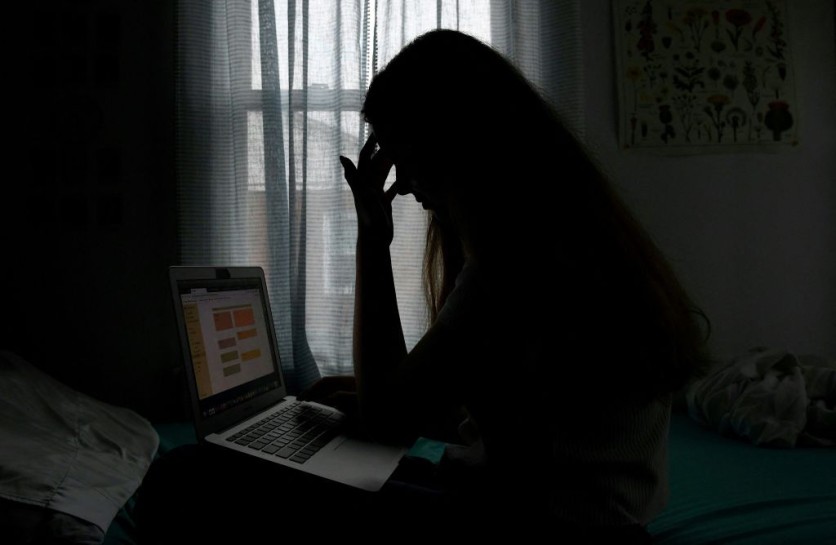
Recent research published in JAMA Pediatrics sheds light on the data and treatment discrepancies around the incidence of major depressive disorder in teenagers during the COVID-19 pandemic.
In 2021, the first complete year of the pandemic, 20% of teenagers in the US showed signs of serious depression. Despite having a clear need for therapy, less than half of the youngsters received it, as reported by The New York Times.
Major depressive disorder is a chronic illness marked by extended spells of melancholy and lack of happiness that last at least two weeks. Teenagers are now more likely to experience the mental health condition than ever before; from 8.1% in 2009 to 15.8% in 2019 as a result of the COVID-19 pandemic. This rise was undoubtedly influenced by the pandemic's effects on family members' isolation, ambiguity, loneliness, and dread of illness.
US Teenagers Lack Access to Mental Health Care
The study, which utilized the National Survey on Drug Use and Health data from 10,700 nationally representative 12 to 17-year-olds, indicated that the frequency of major depressive disorder was observed to vary significantly across racial and ethnic groups: about 14.5% black, 14.6% Asian, 20% white, and 23% Latino.
Moreover, the mental health research revealed that only 21% of mixed-race and 29% of Latino adolescents received therapy despite a higher prevalence of severe depressive disorder. While Asian and black teenagers fell between these percentages, over half of white adolescents with the disease got therapy.
This latest research is in line with earlier studies that have shown inequities in access to mental health care, particularly for young people from racial and ethnic minorities who live in lower-income regions.
Teenage Suicide Attempts Jumped
UPI earlier reported that suicide attempts also reflect the troubling trends in teenage mental health, with another study pointing to a sharp rise in these incidents throughout the COVID-19 pandemic. As reported to the National Poison Data System in 2021, researchers at the University of Virginia Health System saw a 30% rise in suspected poisoned suicide attempts among 10- to 19-year-olds.
The sudden rise in suicide attempts among such a young group alarmed UVA Health's Blue Ridge Poison Center's medical director, Dr. Christopher Holstege.
Dr. Aron Janssen, vice chair of clinical affairs at Lurie Children's Pritzker Department of Psychiatry and Behavioral Health in Chicago, said that the COVID-19 pandemic aggravated teenage depression and anxiety, creating a sense of dread about the future.
Mental health experts stress the value of early intervention and adequate care in supporting teenagers experiencing mental health difficulties. Many children survived the epidemic, but those with mental health difficulties must be connected to appropriate therapies like talk therapy and medication.
"We really want to follow these kids over time to better understand how to support them, to make sure that we're doing everything within our power to help steer them away from future attempts," Janssen said, as quoted by CNN.
Related Article : Ketamine-Based Nasal Spray Can Be a Better Option for Patients With Depression, Clinical Trial Finds

ⓒ 2026 TECHTIMES.com All rights reserved. Do not reproduce without permission.




